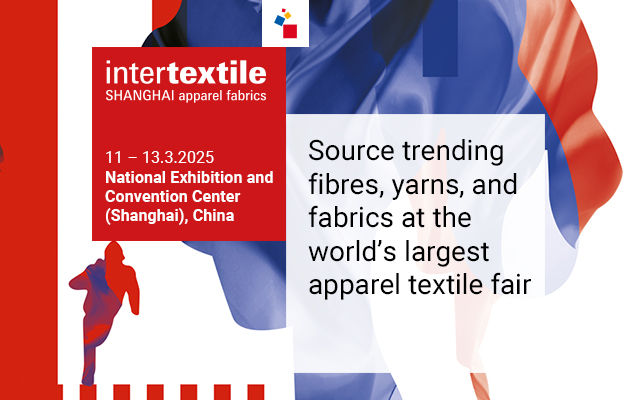'No radical changein Global Textile Trade, WTO reports'
China's textile and clothing sales were not affected by US and EU quotas in2006, the WTO last week confirmed while releasing its preliminary data onglobal trade. Major trends in textile trade stayed unchanged to the benefit ofpoorest Asian countries such as Bangladesh, Cambodia and Vietnam. Share of processing trade is on the decline to the detriment of US and EU textile producers.
Quotas that were reimposed on China's products had no radical effect on globaltextile and clothing trade, last week said the WTO (World Trade Organisation).While releasing a first look at last year's main trends in global trade, the Geneva's body said that "structural changes in world trade of textiles and clothing continuedunabatedly."
China's exports were not affected by US and EU limits that were set in 2005. China's shipments of textiles and clothing even rose 25% in US$ terms in 2006, comparedwith a 21% increase in the prior year. This is mainly due to a strongdevelopment of sales to other destinations than the United States and theEuropean Union.
EU and US quotas apparently limited the growth in textiles and apparel importsfrom China that were only up 15% and 10% in US$ terms, respectively. Imports ofChinese products by Canada only rose 22% at the same time, although Ottawa did not reimpose quotas.
Bangladesh
Although US and EU imports from China clearly decelerated, imports from theirregional partners stagnated or even declined. EU imports from Morocco were up 3% while staying unchanged from Tunisia.
US imports from CAFTA and the Dominican Republic were down 7%. Shipments fromSub-Saharan Africa fell 10%. By contrast, low-cost Asian countries did verywell on both EU and US markets.
Bangladesh benefited from a 22% jump in US textile and apparel imports fromthe country while EU imports were even up 34% from the same origin. Europeanimports from Vietnam even surged 51% in US$ terms. Cambodia and Indonesia also took advantage of a strong rise in shipments to both EU and US markets.
Major Trends in Textile Globalization
- Developed countries in Europe, North America and Asia continue losing market shares, as they are facing surging competition from low-cost producers. Hong Kong, Taiwan and Korea are again affected by rising costs.
- Regional partners of the United States and the European Union are also losing market shares. Processing trade with Mexico-Central America on the US side and North Africa-Turkey on the European side is decelerating to the detriment of US and EU textile companies.
- China continues developing its textile and clothing exports, although quotas were reimposed by the United States and Europe. Chinese exporters successfully diversified destinations in 2006, with sales to Asian countries sharply rising.
- Poorest countries in Asia continue gaining ground, thanks to their very-low-cost production. Bangladesh, Cambodia and Vietnam are true winners of the post-quota period, along with China.
Source: wto.org
Source:










Comments